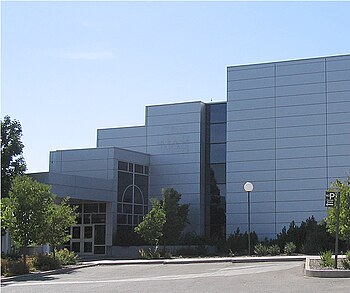 |
| North Lake harbour in eastern Prince Edward Island looking north onto the Gulf of St. Lawrence. (Photo credit: Wikipedia) |
The FCR Loans Pilot Project assists with the credential recognition process and sourcing suitable employment for new immigrants. The programme was a pilot project, which will become permanent. The project addresses the unfortunate situation that many new immigrants experience in not having the financial ability for training or taking licensing examinations for regulated professions, as they lack the requisite credit history to obtain bank loans in Canada.
A regulated profession or trade is one that is governed by a provincial, territorial or sometimes federal authority, in which certain entry requirements and standards of practice are used to assess the qualifications and certify, register or license an individual as a qualified applicant. Examples of regulated occupations include engineers, as well as nurses, doctors, teachers, accountants and electricians.
The loans are provided by nine organisations across Canada, including:
* WIL Employment Connections, in Ontario;
* Association Communautaire d'emprunt de Montréal (ACEM), in Quebec;
* Immigrant Access Fund, in Alberta;
* Immigrant Access Fund, in Saskatchewan;
* SEED Winnipeg Inc., in Manitoba;
* S.U.C.C.E.S.S in British Columbia;
* New Brunswick Multicultural Council Inc;
* Canada Microcredit Educators Group, in Prince Edward Island; and
* Immigrant Services Association of Nova Scotia.
Eligibility
Eligible Candidates are:
* Canadian citizens or permanent residents, residing in the applicable province;
* In possession of
a professional credential/designation or trades-related certificate obtained in a country other than Canada;
* Credit-worthy for credentialing purposes; and
* Limited with regards to Canadian experience in the related field due to a lack of foreign credentials.
Eligible costs of the project include tuition for short-term (two years or less) training; exam fees with a professional governing association; travel expenses to write an exam; qualification assessments fees; professional association fees; books and course materials; and living allowance during study time.
Benefits
The benefits of the programme include:
* Loans ranging from $1,500 to $15,000 for successful candidates.
* The loan application process can take approximately two weeks.
* There are no fees to apply for the FCR Loan.
* Security is not required for the loan.
* Repayment terms from one year to two years.
* A six-month interest-free grace period.
* Low interest rates (prime rate, plus one per cent).
* Options to save interest by making payments more frequently and within the grace period.
* Flexible monthly payment schedule.





































